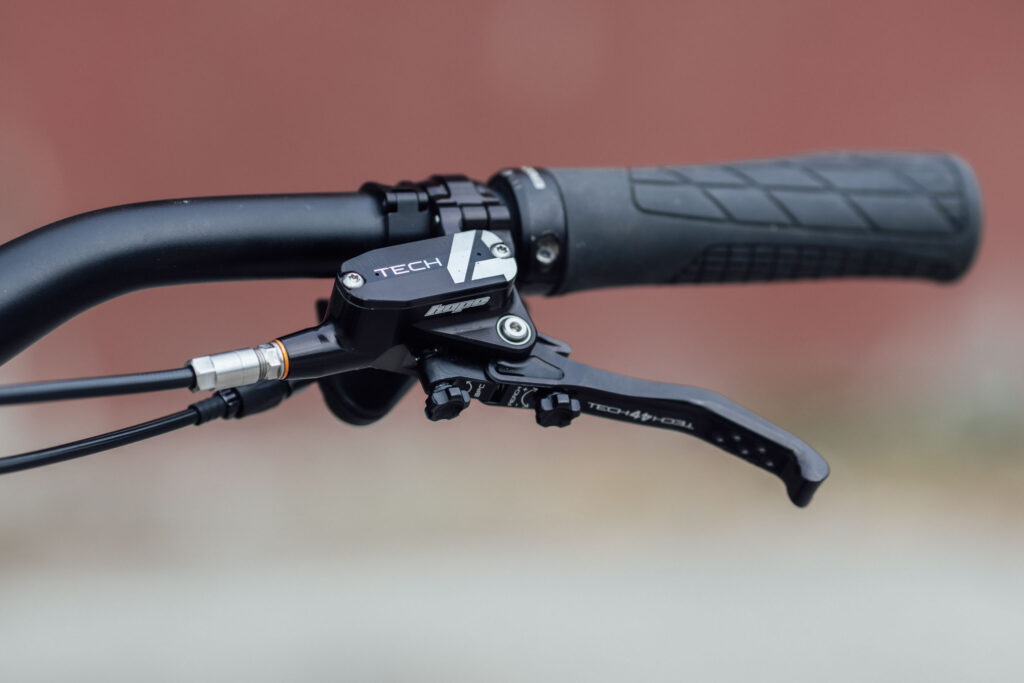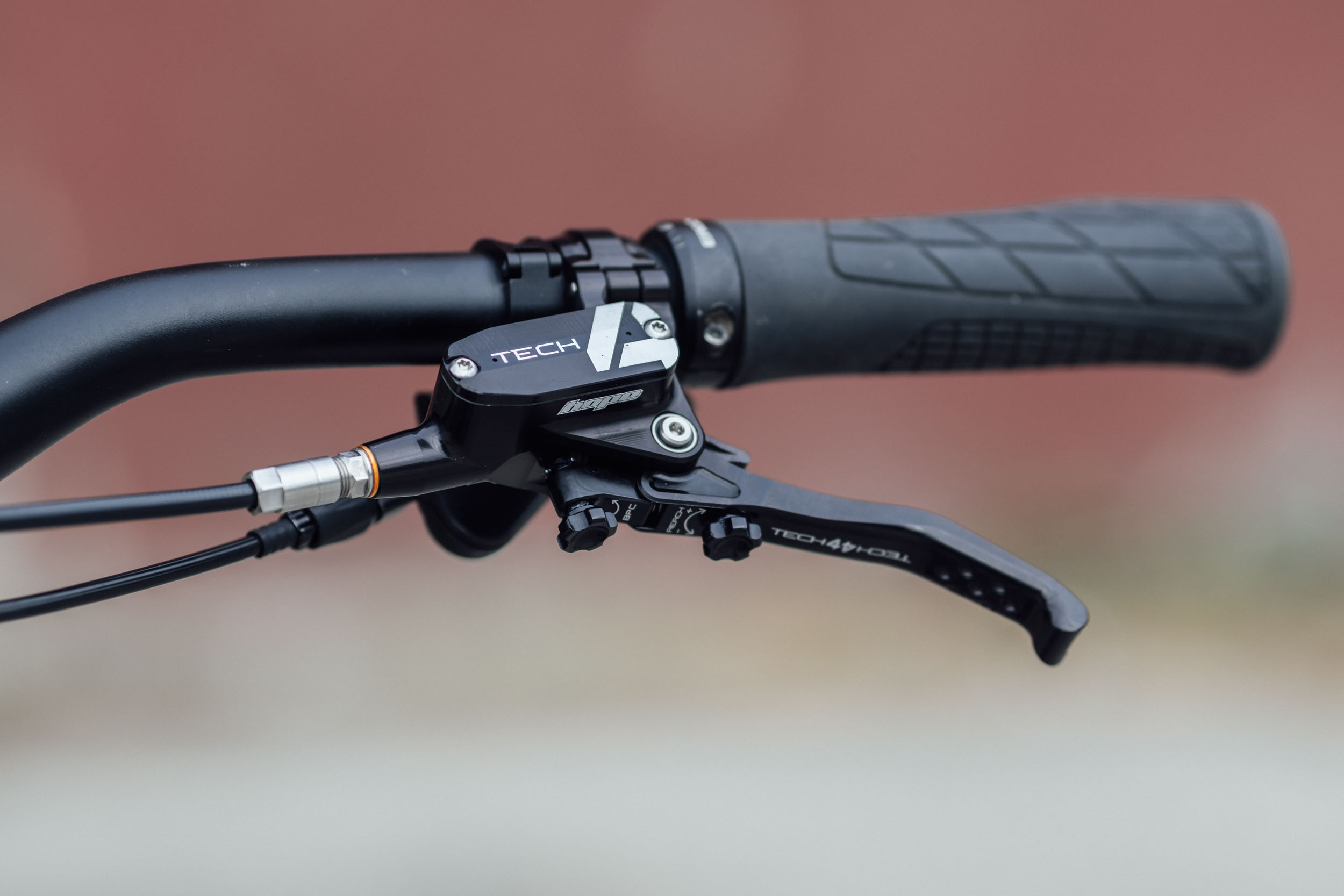
Understanding Bicycle Brake Lines: Types, Maintenance, and Upgrades
The bicycle brake line is a critical component of any bicycle, ensuring rider safety and control. Understanding the different types of brake lines, how to maintain them, and when to consider upgrades is essential for both casual riders and serious cyclists. This article provides a comprehensive overview of bicycle brake lines, covering their function, types, maintenance tips, and upgrade options.
What is a Bicycle Brake Line?
A bicycle brake line, also known as a brake cable or hydraulic hose, is the conduit that transmits the braking force from the brake lever to the brake caliper. When the rider pulls the brake lever, the bicycle brake line either pulls a cable (in the case of mechanical brakes) or transmits hydraulic pressure (in the case of hydraulic brakes) to activate the brake pads against the wheel rim or rotor, slowing down or stopping the bicycle.
Types of Bicycle Brake Lines
There are two primary types of bicycle brake lines:
- Mechanical Brake Lines: These systems use a steel cable encased in a housing. When the brake lever is pulled, the cable is pulled, which in turn actuates the brake caliper.
- Hydraulic Brake Lines: These systems use a fluid-filled hose to transmit pressure from the brake lever to the caliper. When the lever is squeezed, the fluid pressure increases, pushing the brake pads against the rotor.
Mechanical Brake Lines
Mechanical brake lines are commonly found on entry-level and mid-range bicycles due to their simplicity and lower cost. They consist of an inner steel cable and an outer housing. The housing is often lined with a plastic or Teflon coating to reduce friction and improve cable movement. Regular maintenance is required to ensure optimal performance.
Hydraulic Brake Lines
Hydraulic brake lines are typically found on higher-end bicycles, especially mountain bikes and performance road bikes, due to their superior stopping power and modulation. They offer more consistent performance in various conditions and require less maintenance than mechanical systems. Hydraulic systems are sealed and use brake fluid to transmit force. [See also: Understanding Bicycle Hydraulic Systems]
Materials Used in Bicycle Brake Lines
The materials used in bicycle brake lines vary depending on the type and quality of the brake system.
- Steel: Steel cables are used in mechanical brake systems for their strength and durability.
- Stainless Steel: Stainless steel cables offer better corrosion resistance than standard steel cables.
- Kevlar Reinforced Housing: High-performance mechanical brake housings often feature Kevlar reinforcement to minimize compression and improve braking response.
- Rubber: Rubber hoses are commonly used in hydraulic brake systems, providing flexibility and durability.
- Braided Stainless Steel: Some hydraulic brake hoses are braided with stainless steel for added strength and resistance to expansion under pressure.
- Thermoplastic: Modern hydraulic brake lines increasingly use thermoplastic materials, offering improved heat resistance and durability.
Maintenance of Bicycle Brake Lines
Proper maintenance of bicycle brake lines is crucial for ensuring safe and reliable braking performance.
Mechanical Brake Line Maintenance
- Lubrication: Regularly lubricate the inner cable with a cable lubricant to reduce friction and prevent corrosion.
- Inspection: Inspect the cable and housing for signs of wear, such as fraying, kinks, or rust. Replace the cable and housing if any damage is detected.
- Adjustment: Adjust the brake cable tension as needed to maintain proper brake lever feel and stopping power.
- Cleaning: Keep the cable and housing clean to prevent dirt and debris from interfering with cable movement.
Hydraulic Brake Line Maintenance
- Fluid Level: Check the brake fluid level regularly and top up as needed.
- Bleeding: Bleed the brakes periodically to remove air bubbles from the hydraulic system, which can compromise braking performance.
- Inspection: Inspect the hoses and fittings for leaks or damage. Replace any damaged components immediately.
- Fluid Replacement: Replace the brake fluid according to the manufacturer’s recommendations to maintain optimal performance and prevent corrosion.
Troubleshooting Common Issues with Bicycle Brake Lines
Several common issues can arise with bicycle brake lines, affecting braking performance.
- Spongy Brake Feel: This is often caused by air in the hydraulic system or a stretched mechanical cable. Bleeding the brakes or replacing the cable can resolve this issue.
- Weak Braking Power: This can be due to contaminated brake pads, worn cables, or low brake fluid. Cleaning or replacing the brake pads, adjusting the cable tension, or topping up the brake fluid can improve braking power.
- Sticking Brakes: This may be caused by a corroded cable or a seized caliper piston. Lubricating or replacing the cable or cleaning and lubricating the caliper can resolve this issue.
- Brake Fade: This occurs when the brakes overheat, causing a loss of braking power. Using higher-quality brake pads or upgrading to a larger rotor can help prevent brake fade.
Upgrading Your Bicycle Brake Lines
Upgrading your bicycle brake lines can significantly improve braking performance and rider safety.
Mechanical Brake Line Upgrades
- High-Performance Cables and Housings: Upgrading to cables and housings with lower friction and higher stiffness can improve braking response and power.
- Compressionless Housing: Compressionless brake housing minimizes cable compression, resulting in more precise and consistent braking.
Hydraulic Brake Line Upgrades
- Braided Stainless Steel Hoses: Upgrading to braided stainless steel hoses can improve braking performance by reducing hose expansion under pressure.
- Higher-Quality Brake Fluid: Using a higher-quality brake fluid with a higher boiling point can improve braking performance and prevent brake fade.
- Larger Rotors: Upgrading to larger brake rotors can increase braking power and improve heat dissipation.
Choosing the Right Bicycle Brake Line
Selecting the right bicycle brake line depends on several factors, including the type of bicycle, riding style, and budget.
- Type of Bicycle: Consider the type of bicycle and its intended use. Mountain bikes and performance road bikes typically benefit from hydraulic brakes, while entry-level and mid-range bicycles may be equipped with mechanical brakes.
- Riding Style: Consider your riding style and the conditions in which you typically ride. Aggressive riders who frequently encounter steep descents or wet conditions may benefit from hydraulic brakes.
- Budget: Set a budget for your brake line upgrade and choose components that offer the best performance within your price range.
Installation and Maintenance Tips
Proper installation and maintenance are essential for ensuring the longevity and performance of your bicycle brake lines.
- Follow Manufacturer’s Instructions: Always follow the manufacturer’s instructions when installing or maintaining brake lines.
- Use Proper Tools: Use the proper tools for the job to avoid damaging the brake lines or components.
- Tighten Fittings Properly: Ensure that all fittings are tightened to the correct torque specifications to prevent leaks or damage.
- Regular Inspections: Conduct regular inspections of the brake lines and components to identify any signs of wear or damage.
- Professional Assistance: If you are unsure about any aspect of brake line installation or maintenance, seek assistance from a qualified bicycle mechanic.
The Importance of Regular Checks
Regularly checking your bicycle brake line is not just a matter of maintenance; it’s a critical safety measure. Before each ride, a quick visual inspection can reveal potential problems before they lead to accidents. Look for signs of wear, damage, or leaks. Squeeze the brake levers to ensure they feel firm and responsive. Listen for any unusual noises that might indicate a problem. Addressing small issues early can prevent more significant problems down the road and ensure a safer riding experience.
Environmental Factors Affecting Brake Lines
Environmental factors can significantly impact the longevity and performance of your bicycle brake lines. Exposure to moisture, dirt, and extreme temperatures can accelerate wear and corrosion. Riders in coastal areas should pay particular attention to corrosion due to saltwater exposure. Regularly cleaning your bike, especially after riding in wet or muddy conditions, can help prolong the life of your brake lines. Applying a protective lubricant can also help prevent corrosion and maintain optimal performance. Consider the environmental conditions you typically ride in when choosing and maintaining your brake lines.
Future Trends in Bicycle Brake Line Technology
The technology behind bicycle brake lines continues to evolve, with ongoing innovations aimed at improving performance, durability, and ease of maintenance. Wireless electronic braking systems are emerging as a potential future trend, eliminating the need for physical brake lines altogether. These systems offer precise and consistent braking performance, with the added benefit of reduced maintenance. Advancements in materials science are also leading to the development of lighter and stronger brake lines that can withstand higher pressures and temperatures. As technology advances, riders can expect further improvements in braking performance and reliability.
Conclusion
Understanding the different types of bicycle brake lines, how to maintain them, and when to consider upgrades is essential for ensuring safe and reliable braking performance. Whether you are a casual rider or a serious cyclist, taking the time to properly care for your bicycle brake lines will enhance your riding experience and provide peace of mind. By following the tips and guidelines outlined in this article, you can keep your brakes in top condition and enjoy many miles of safe and enjoyable riding. Remember, a well-maintained bicycle brake line is a crucial investment in your safety and the longevity of your bicycle.

